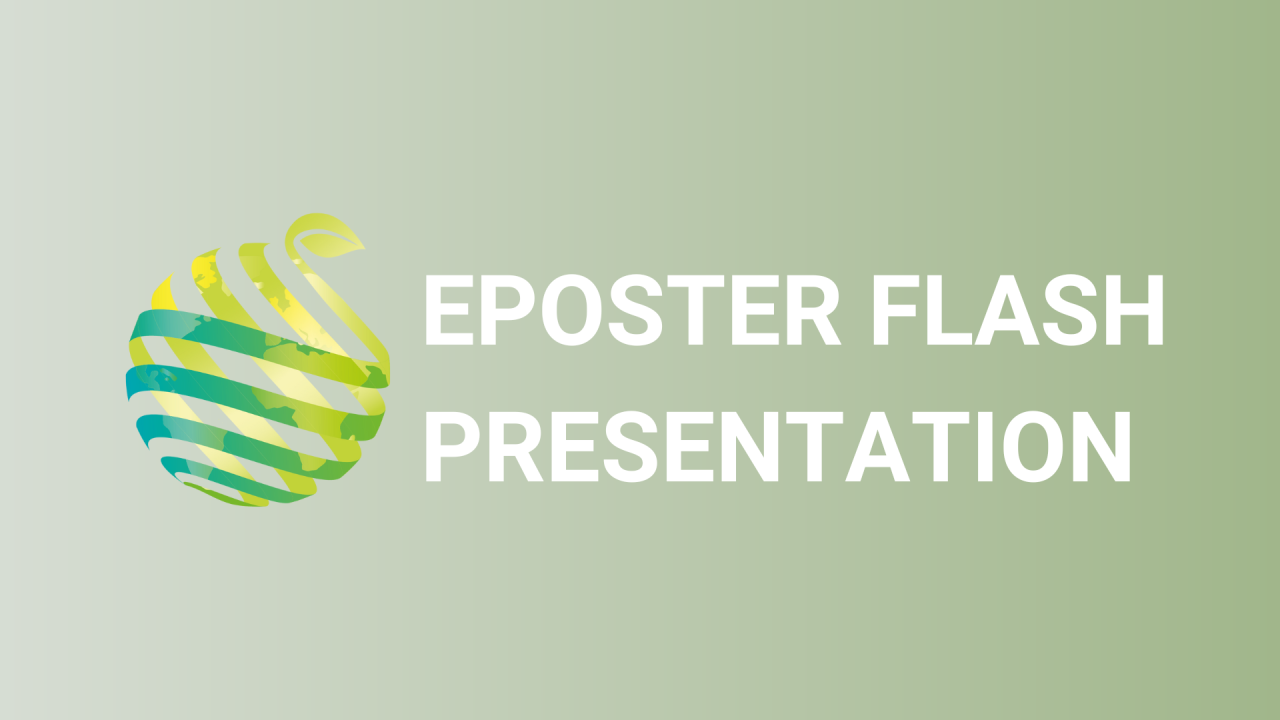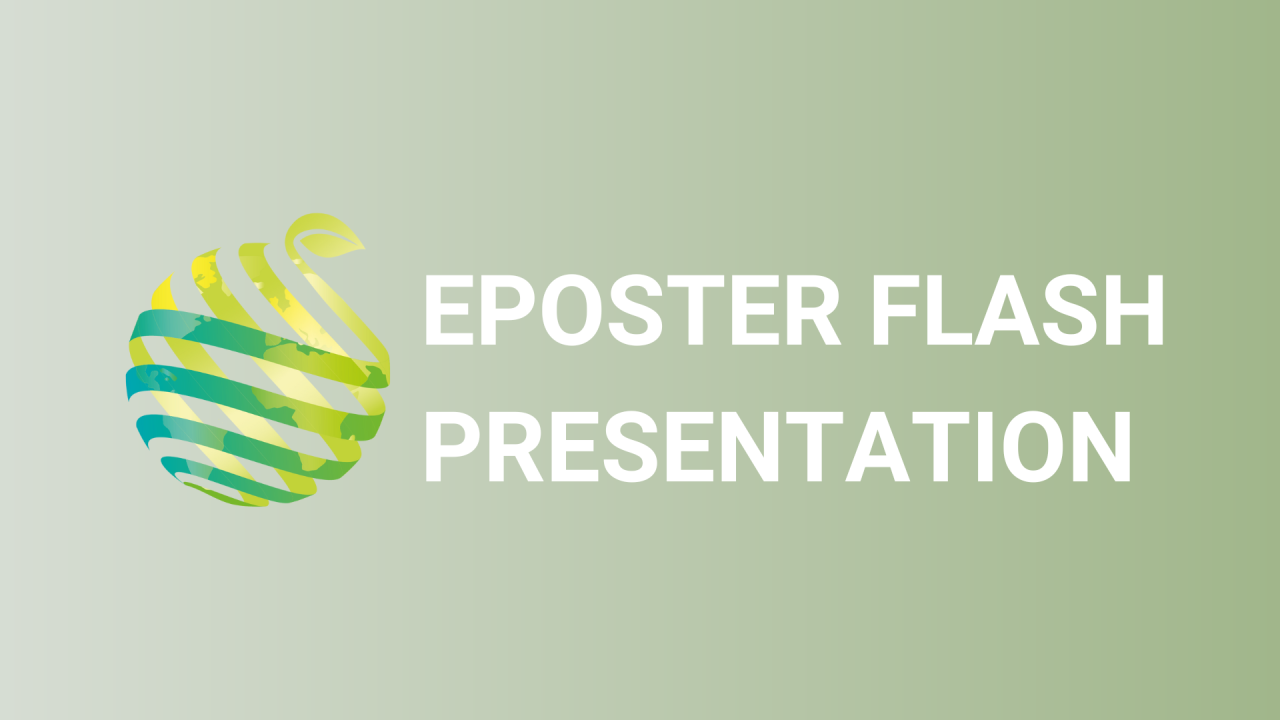

S01 - Session P10 - Preliminary results of self- and cross-incompatibility, and parthenocarpy studies in lemon
Information
Authors: Fernando Córdoba López, Monserrat Moreno Verdú, Marta Rabadán Mínguez, Carmen M. Rodríguez Sánchez, Margarita Pérez-Jiménez, Olaya Pérez-Tornero *
Self-incompatibility and parthenocarpy in Citrus are very important traits for fruit production because they result in seedless fruit. Nevertheless, without parthenocarpy, cross-pollination is still required to achieve stable fruit production. In lemon, little is known about its floral biology, which is a very important trait to be considered in the breeding of this citrus species. In the present study, we examined the self- and cross-compatibility, as well as parthenocarpy performance of 6 lemon cultivars ('Fino 49', 'Verna 51, 'Fino 95', 'Eureka', 'Messina' and 'Lisbon') and their effect on fruit set, seed number and kind, and fruit size. The fruit set percentage in parthenocarpy was very low for all lemon cultivars. 'Lisbon' was the cultivar with the greatest parthenocarpy capacity (fruit set: 20%). Most cultivars were moderately self-compatible, with fruit set between 20-40%, except for 'Verna 51', for which less than 10% was achieved. A high number of unfertilised seeds were observed in self-pollinated fruits. In cross-pollination treatments, 'Fino 49' was quite compatible with most of the lemon cultivars (fruit set: 20-35%); however, these results were similar to those obtained with the self-pollination treatment. 'Verna 51' and 'Fino 95' were the least cross-compatible (fruit set: 10%). No differences in fruit size were observed between the different treatments, except for 'Verna 51'. When this cultivar was the female parent in the cross pollination treatments, fruit size was larger than in 'Verna 51' in self-pollination or parthenocarpy treatments. The number of seed and unfertilised seeds in cross pollination was similar to that of self-pollination, except for 'Verna 51' fruits, which had fewer seeds in self-pollination than in cross-pollination treatments.